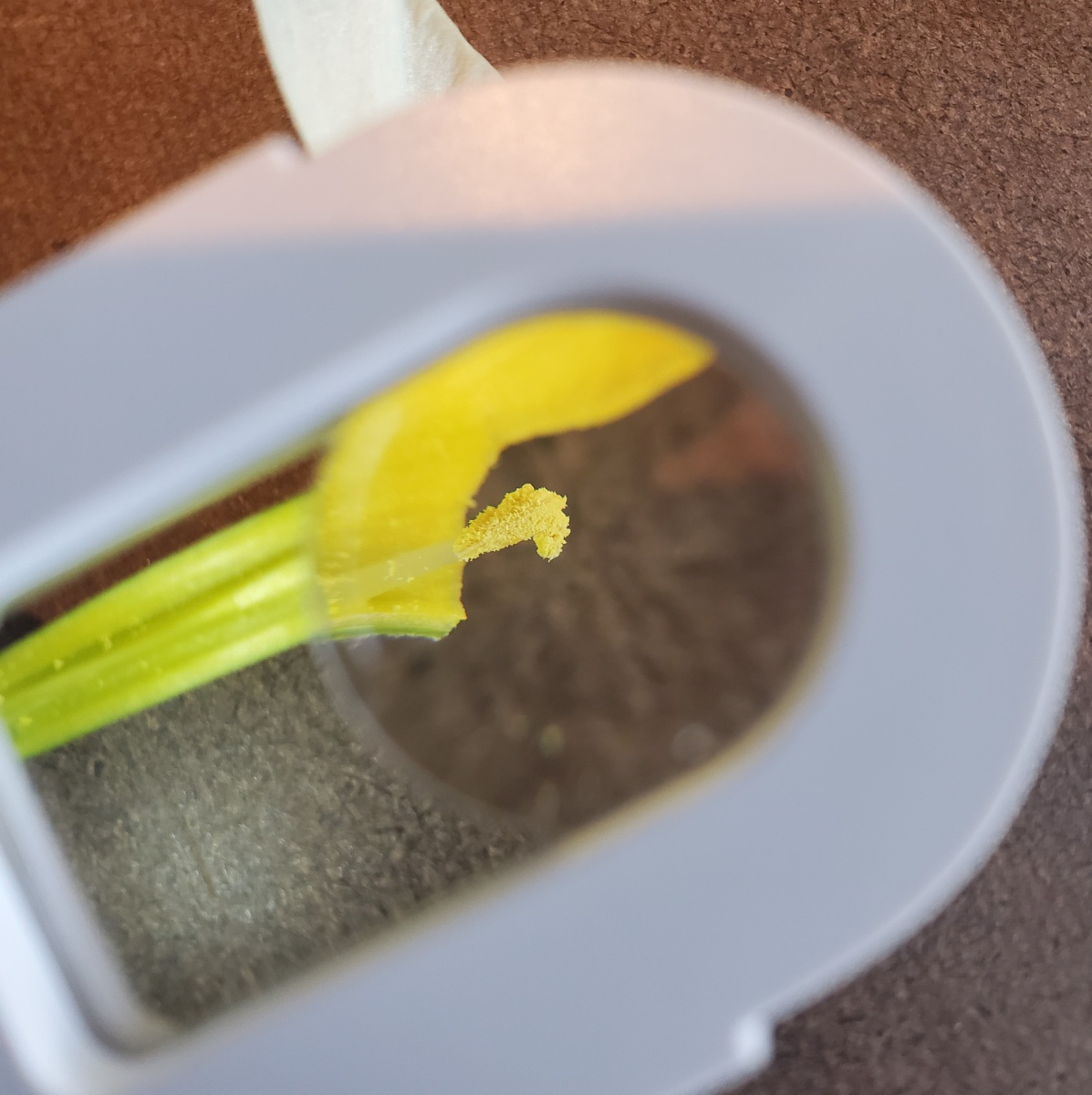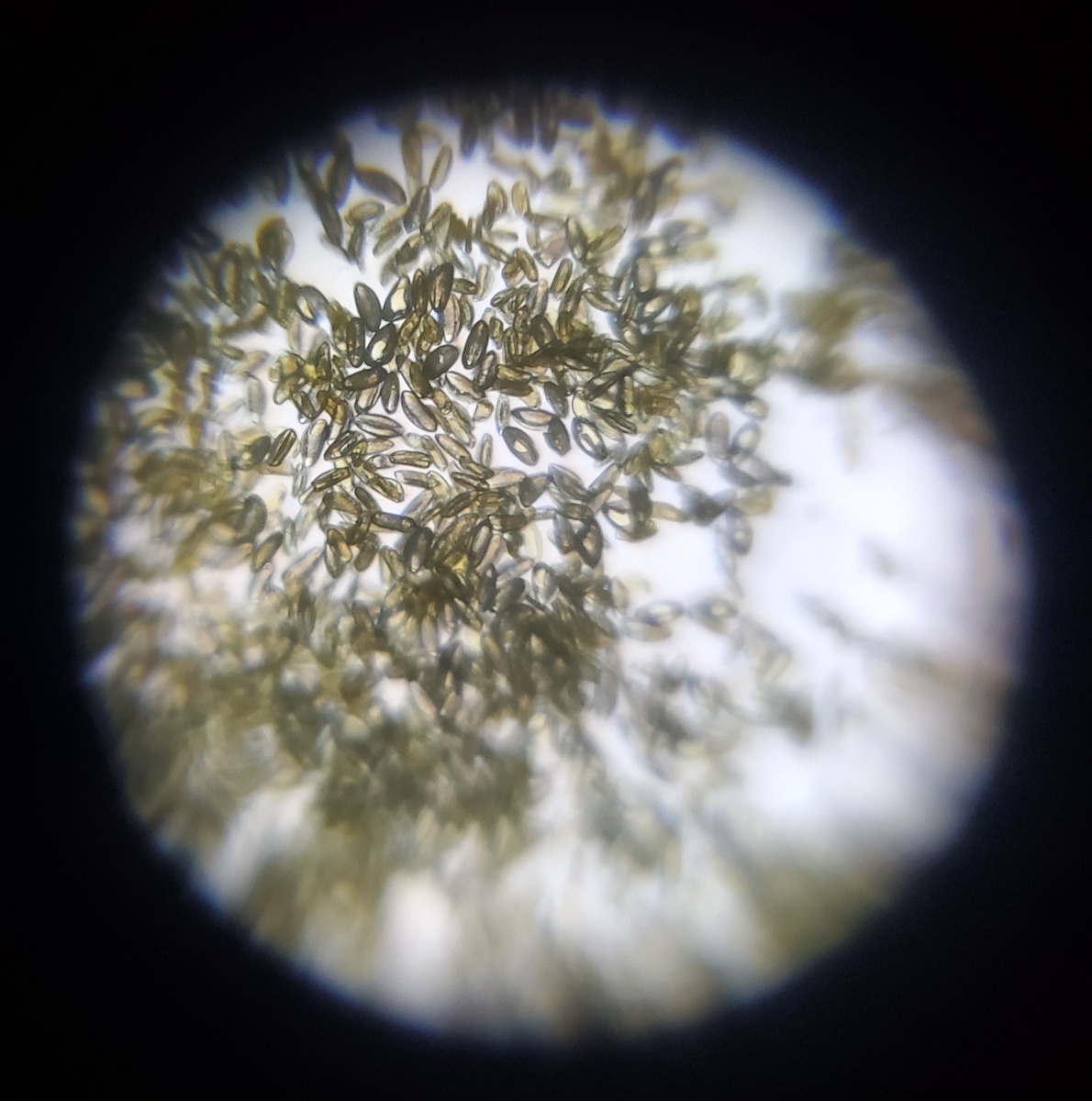Take a Closer Look - Use a Hand Lens to Observe Nature

Discovering the wonder in the world around us is part of the joy we find in regular walks with our families in nature. Finding an empty bird nest or enjoying the colors in the emerging spring blossoms can be exciting and can turn a walk into an adventure. Bringing simple tools like a hand lens can help us take a closer look and see hidden treasures that we might normally miss on our regular walks.
For example, daffodils, are beautiful yellow flowers that grace us in early spring. While it’s easy to admire their beauty from a distance, if you take a closer look, secrets may be revealed. Using a hand lens, you can see a lot of details that you might normally miss. When you first find a daffodil in your lawn or garden, you might notice the shape and color of the flower, how tall it is and the shape and size of the leaves. But if you pick one stem and take a closer look, what will you find? How many petals do you see? Why is there a cup-shaped petal in the middle? What are those things in the center of the flower?
Take a sharp knife and carefully cut the petals off so you can see inside the flower more clearly. Then, using a hand lens, take a closer look at the parts in the middle. These are a plants’ reproductive parts — the stamen (male part) and the pistil (female part) of the flower.
.jpg)
The pistil is the long part in the center and the stamen are the shorter parts, surrounding the pistil. Can you see the dusty looking pollen on the stamen?
After you observe for a while, gently use your knife and cut away some more. This daffodil was sliced right down the middle.
.jpg)
The pistil goes all the way down and at the bottom is the ovary. And, inside are…??? Eggs! Once fertilized, these will become the seeds for a new generation of flowers.

A closer look at the stamen also reveals some secrets. The tip of the stamen is called the anther and it is covered in pollen. Pollen from one flower typically will fertilize another flower. How does it get from one flower to another? Do you know?

A close-up of the pollen reveals it shape. This close-up was taken with a portable microscope called a FoldScope. Notice the shape of each grain of pollen. Do other flowers have similar shaped grains of pollen?
There are many other flowers that are easy to investigate. Larger flowers like tulips and roses are relatively easy to dissect and view with a hand lens, but any flower, insect or other object will lend itself to some up-close investigation. With just a small hand lens and perhaps a mini microscope, we can examine the world around us and see new wonders.
A hand lens or magnifying glass can be found at any science supply store for just a few dollars. The FoldScope is a small, foldable microscope that can purchased online at https://www.foldscope.com/. They can be finicky to use, but with a little practice you will see amazing things.

